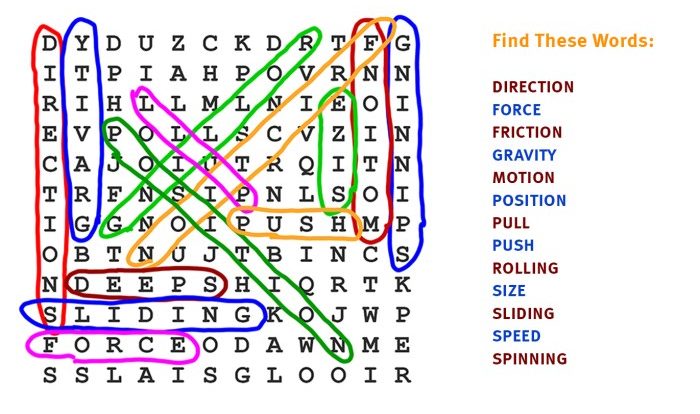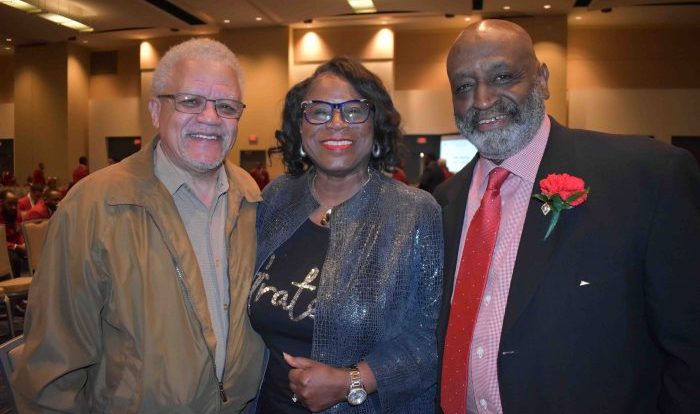World war 1 and the roaring twenties test – Commencing with the “World War I and the Roaring Twenties Test,” this analysis delves into the profound impact of these transformative periods on society, examining their historical context, societal shifts, and lasting legacies.
The first section explores the political and economic tensions that ignited World War I, the military strategies employed, and the major alliances that shaped the conflict. The second section delves into the Roaring Twenties, highlighting the social, economic, and cultural changes that characterized this era of prosperity and excess.
Historical Context of World War I: World War 1 And The Roaring Twenties Test
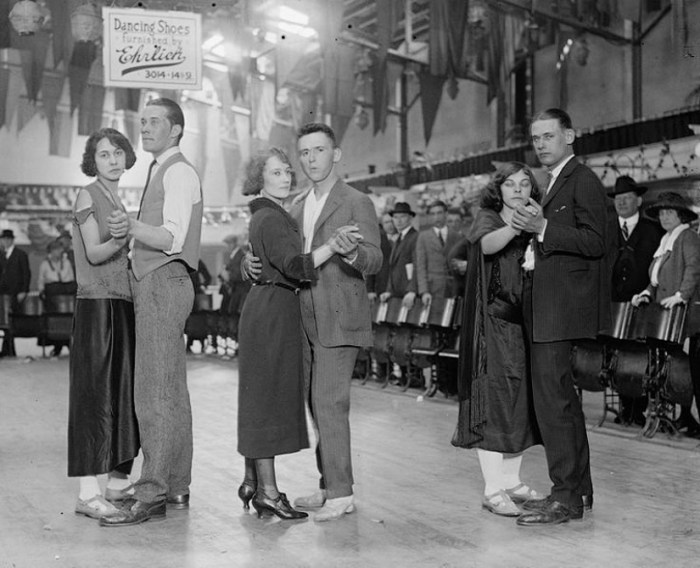
World War I, a cataclysmic global conflict that engulfed Europe and beyond, emerged from a complex web of political and economic tensions that had been simmering for decades.
Major Alliances and Alignments
- Triple Entente:United Kingdom, France, Russian Empire
- Central Powers:Germany, Austria-Hungary, Ottoman Empire
Military Strategies and Technologies, World war 1 and the roaring twenties test
The war introduced novel military strategies and technologies that dramatically altered the nature of warfare:
- Trench warfare
- Machine guns
- Poison gas
- Tanks
- Airplanes
The Roaring Twenties
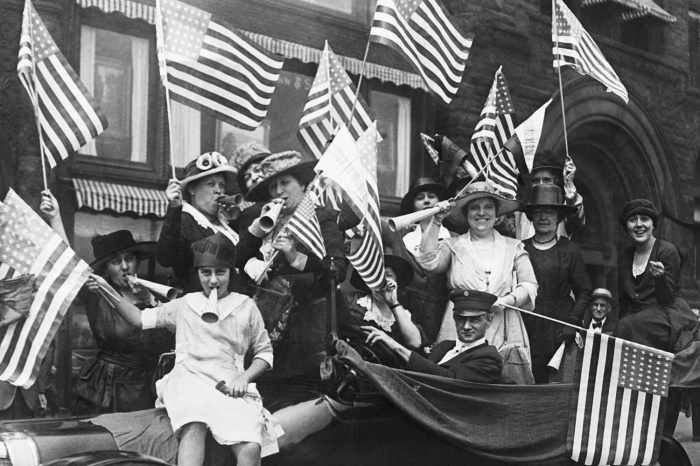
The aftermath of World War I ushered in an era of unprecedented social, economic, and cultural change known as the Roaring Twenties.
Social and Economic Changes
The war’s end brought about a profound shift in societal norms and values:
- Increased urbanization
- Women’s suffrage
- Prohibition
- Economic prosperity
Rise of Consumerism and Mass Media
Technological advancements and economic growth fueled a surge in consumerism and the rise of mass media:
- Advertising and marketing
- Radio broadcasting
- Motion pictures
The Great Depression
The Roaring Twenties came to an abrupt end with the onset of the Great Depression in 1929, a global economic crisis that had devastating consequences.
The Interplay between World War I and the Roaring Twenties
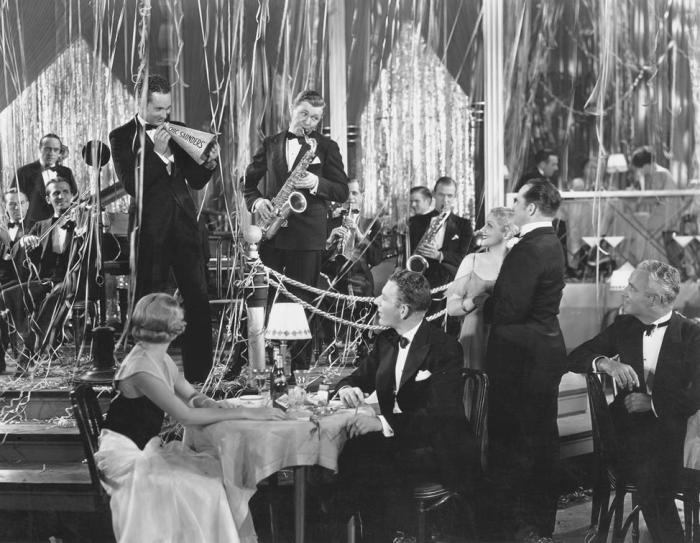
The Roaring Twenties emerged as a direct consequence of the profound social and economic changes brought about by World War I.
War’s Impact on the Twenties
The war created a vacuum of traditional values and social norms, fostering a sense of liberation and experimentation:
- Rejection of pre-war conservatism
- Emergence of new art and literature
- Challenges to gender roles
The Twenties as a Reaction to War
The Roaring Twenties can be seen as a collective response to the horrors and trauma of World War I:
- Escape from wartime memories
- Pursuit of pleasure and entertainment
- Embrace of modernism
Legacy of World War I and the Roaring Twenties
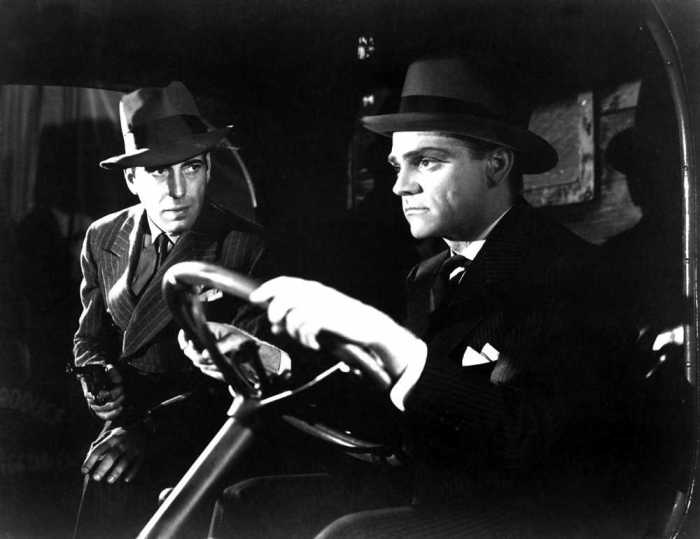
The legacy of World War I and the Roaring Twenties continues to shape our world today.
Political and Economic Consequences
World War I had profound political and economic consequences:
- Collapse of empires
- Rise of fascism and communism
- Economic instability
Cultural and Social Impact
The Roaring Twenties left a lasting mark on American culture and society:
- Increased individualism
- Emphasis on material wealth
- Rise of popular culture
Comparative Significance
World War I and the Roaring Twenties stand as pivotal moments in the 20th century, shaping the political, economic, and cultural landscape of the world we live in today.
Top FAQs
What were the major causes of World War I?
Political tensions, economic rivalries, militarism, and a complex web of alliances among European powers.
How did World War I impact the Roaring Twenties?
The war’s devastation and trauma created a desire for social and economic liberation, contributing to the cultural and economic boom of the Roaring Twenties.
What were some of the key social changes that occurred during the Roaring Twenties?
Urbanization, the rise of consumerism, mass media, and modern entertainment.
How did the Great Depression end the Roaring Twenties?
The economic collapse of 1929 shattered the prosperity and optimism of the Roaring Twenties, leading to widespread unemployment and social unrest.
